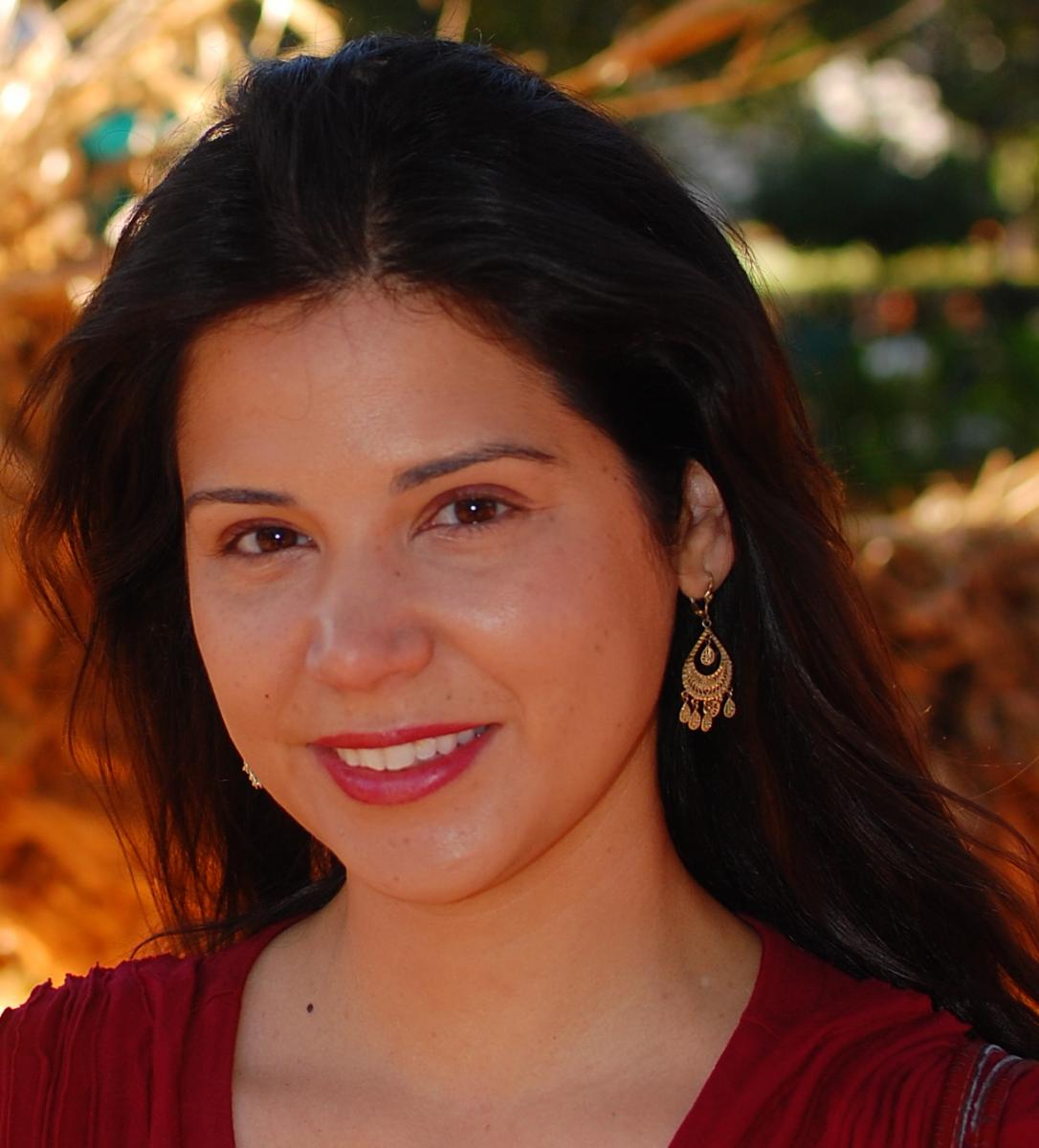The percentage of Latino teachers in Colorado lags far behind the state’s diverse student population.
The Denver Post reports that Latinos made up about 8 percent of the state’s teachers during the 2012-13 school year, and 25 percent of the students. Additionally, the percentage of Latino teachers has increased by only 1 percent over the past decade.
The article describes some efforts being made by school districts to increase the diversity of educators. Denver schools have a teacher-residency program for professionals looking to change careers. It describes how Julio Alas, who was a drug and alcohol counselor, discovered the program through the University of Denver’s Latino alumni association. He is now a kindergarten teacher.
“Being in the classroom as a Latino is important, and then I have to, within the curriculum, also show these students books that they would be familiar with or where they are represented,” Alas told the Post. “That’s huge, for kids to see people of color and underrepresented groups, not only in the classroom but in the curriculum as well.”
Other district are trying to recruit at universities with a substantial number of Latino students. In Texas districts, I’ve noticed that some districts have grow-your-own programs. They have education courses for high school students, and offer incentives for graduates of the district to return as teachers.
The article points out that U.S. Secretary of Education Arne Duncan has said there is an even more severe shortage when it comes to black and Latino male teachers. What I’ve noticed in Texas is also that Hispanic teachers tend to be more common at the elementary level, where there are bilingual teachers who tend to earn more because of their language skills. They are much less common at the secondary level, when students are often looking for role models.
Colorado isn’t the only state to struggle with adequately reflecting its student population. Have you checked on your own state?



